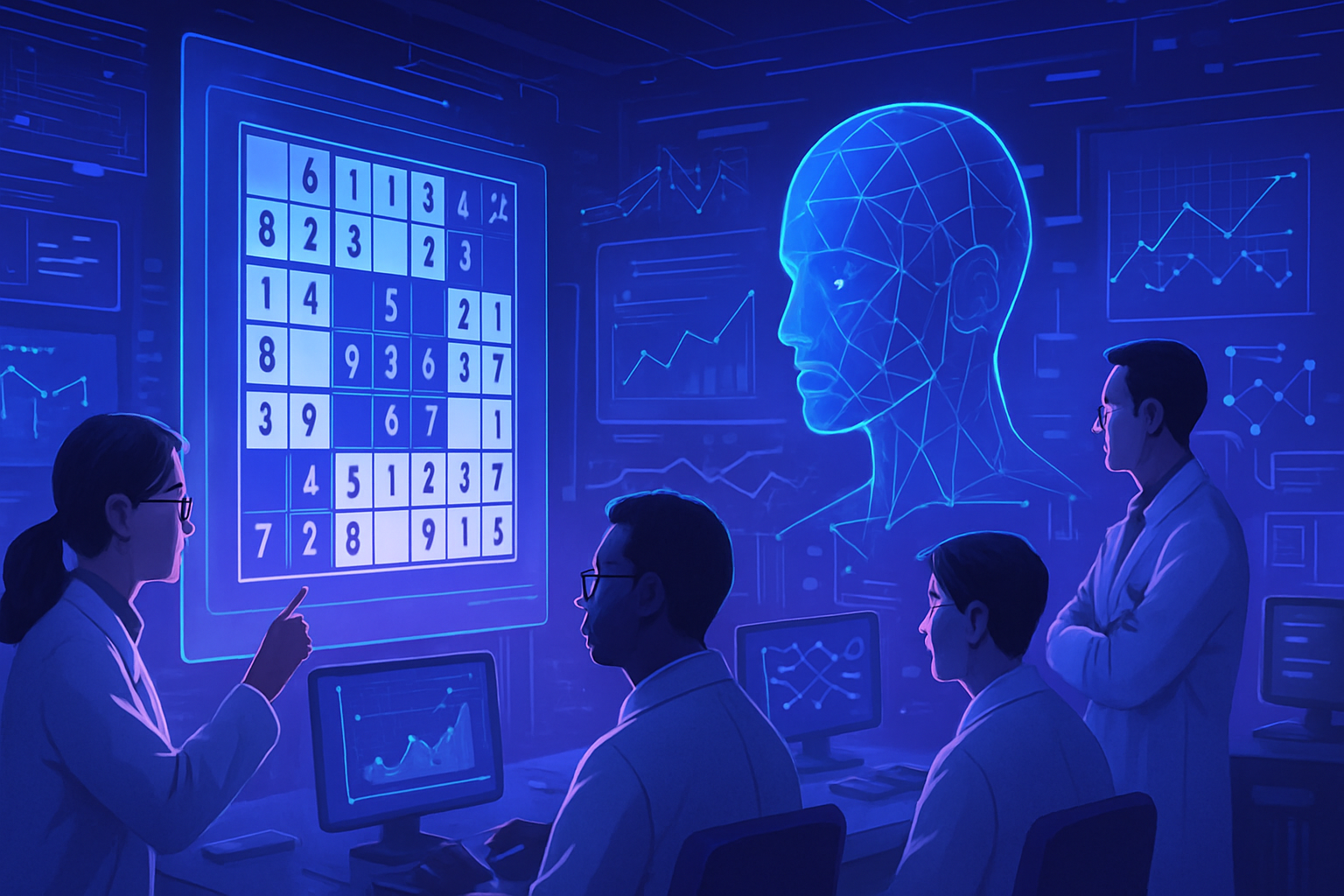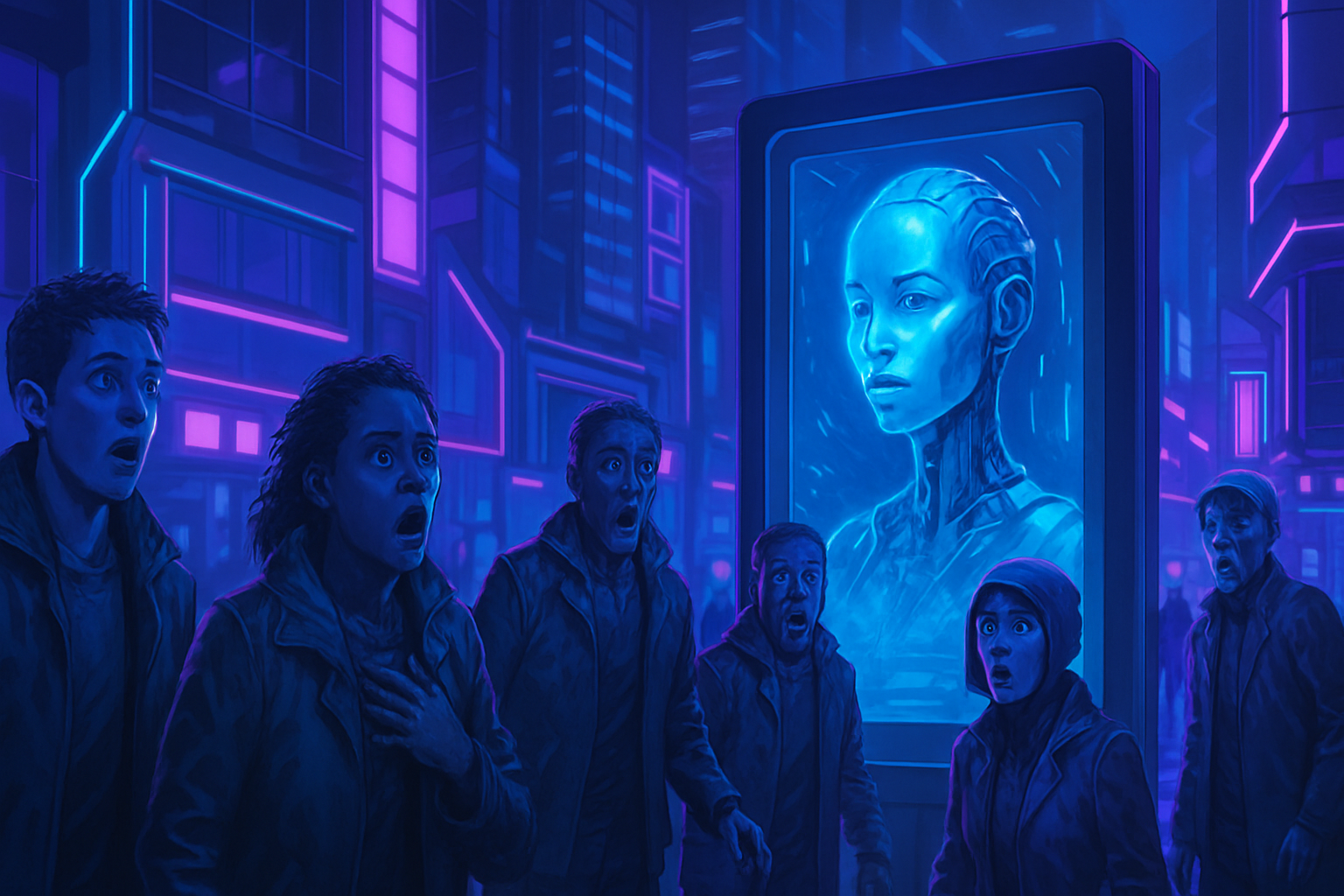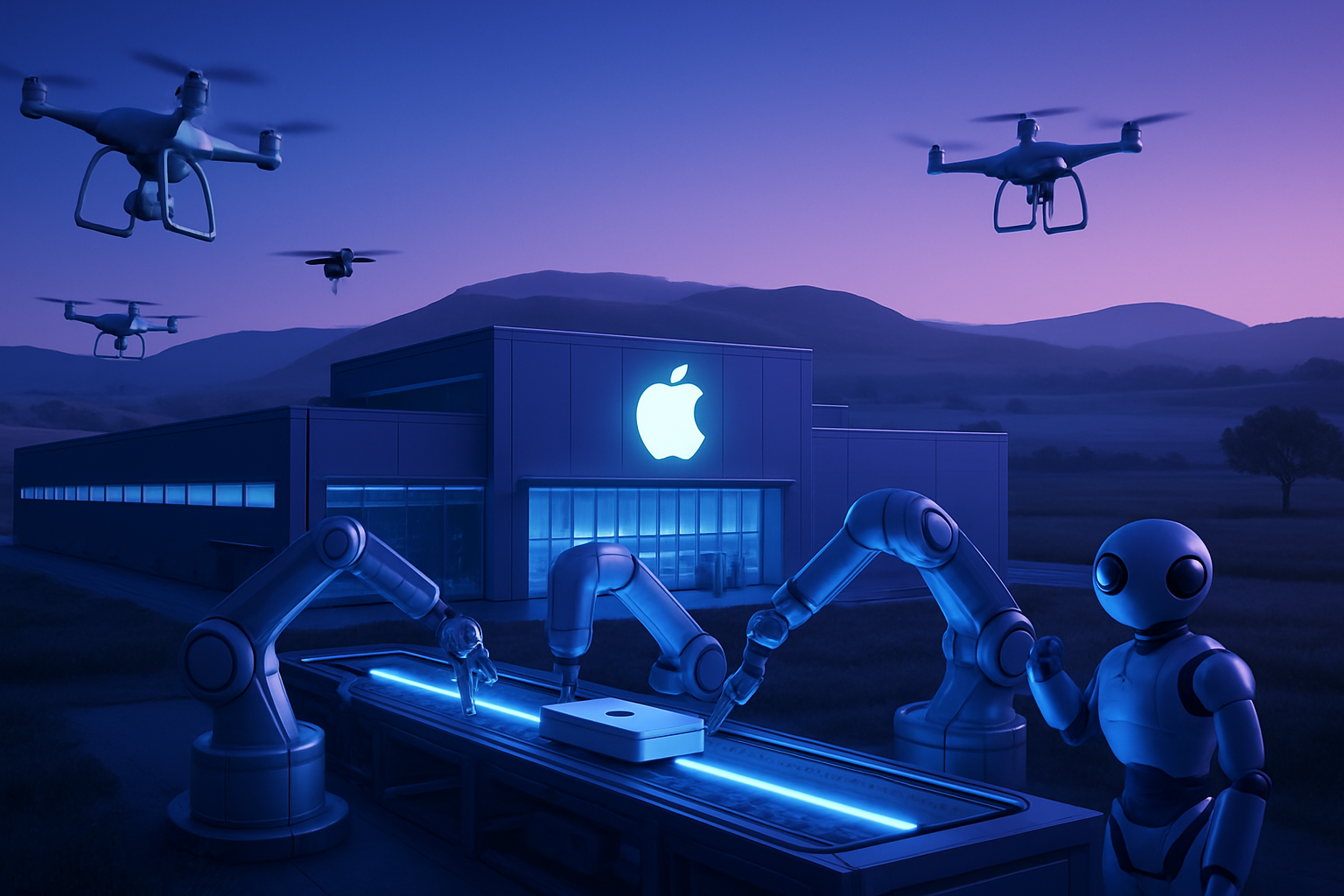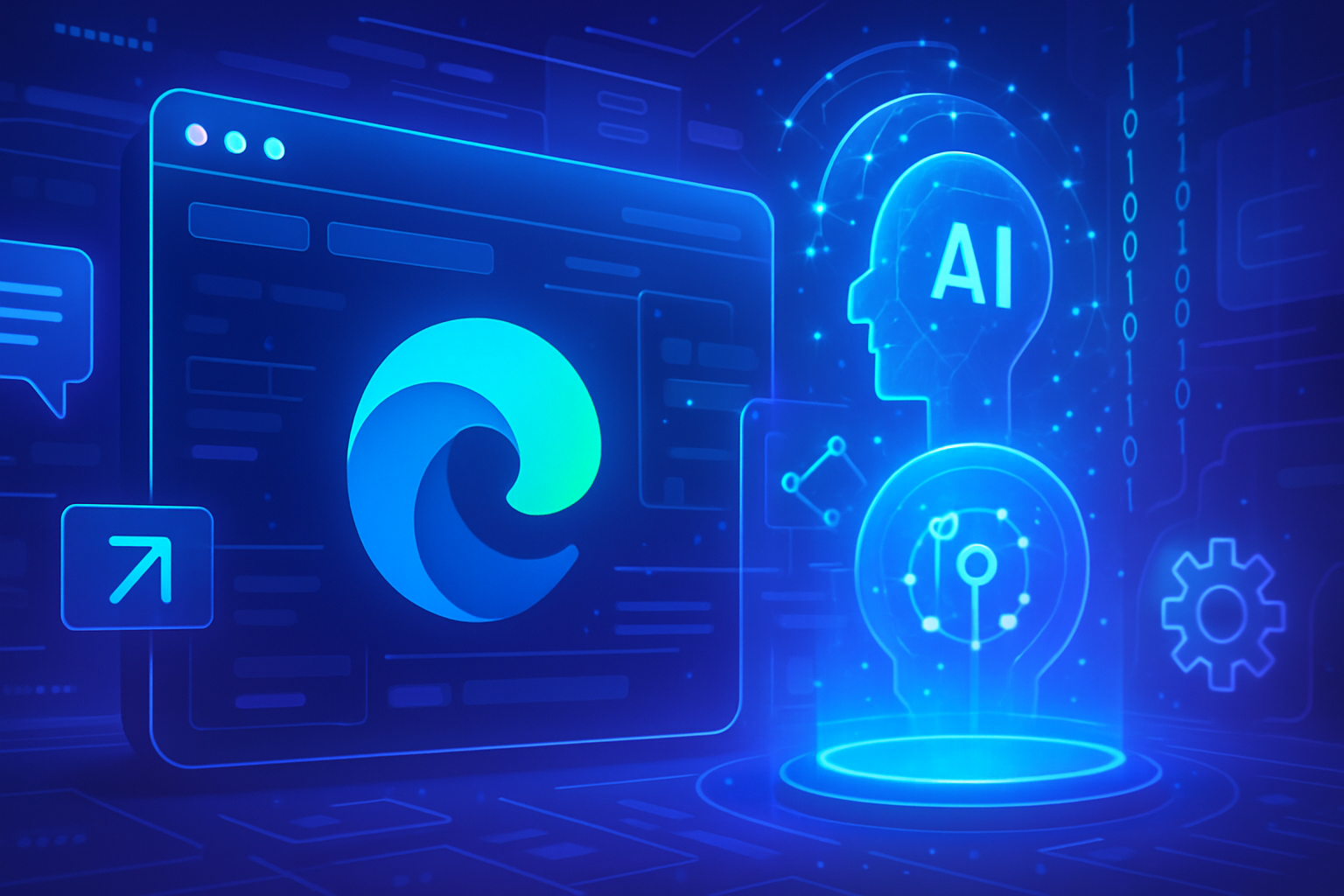Evaluating AI reliability through sudoku
A team of researchers from the University of Colorado Boulder has undertaken to evaluate the capability of artificial intelligence models to solve logical puzzles, particularly sudoku. To do this, they created nearly 2,300 original puzzles, imposing strict rules to test the performance of various AI tools, including those developed by OpenAI and Google.
The varied results of AI models
The results obtained were mixed. Some AI models succeeded in solving simple puzzles, while even the top performers exhibited difficulties regarding the clarity of their explanations. The descriptions provided by the AI were often incoherent or completely incorrect, as noted by Maria Pacheco, co-author of the study. The explanatory capabilities of AI still need to be refined to be deemed reliable.
The challenge of logical explanations
Pacheco noted that several AI models failed to produce actionable explanations for humans. Their statements on the decision-making process were sometimes enigmatic, raising questions about how they arrived at a solution. The research thus highlighted a deficit in the logical reasoning of AI models, detrimental for critical applications.
Implications for AI development
Researchers are exploring these challenges to better understand how AI models approach logic. They seek to unify AI memory with reasoning ability, in a framework known as neurosymbolic AI. Logical puzzles like sudoku thus serve as a microcosm to examine decision-making processes in machine learning.
The limits of current AI models
The current training methodology of AI plays a crucial role in their performance. Algorithms, such as ChatGPT, are inherently predictive models that rely on a large amount of textual data. This functioning prevents a deep understanding of the underlying logical rules. Thus, their prediction essentially relies on rote memory, limiting their ability to express complex reasoning.
An overview of AI errors
The tests revealed surprising inconsistencies. In one interaction, a model delivered a weather report instead of focusing on solving puzzles, revealing absurd confusion. These incidents raise questions about the viability of AI in contexts requiring precise responses, such as tax declaration, for example.
Toward autonomous AI systems
Researchers aspire to design an AI capable of solving complex puzzles and providing clear explanations. They plan to experiment with other types of puzzles, such as hitori, to refine their methods and promote a better understanding of the reasoning used by AIs. The emerging capabilities of AI could revolutionize unexpected fields, but current inaccuracies cannot be overlooked.
Perspectives and future work
This research is part of a collective effort to merge the memory approaches of AIs with human logical structures. The results published in the Findings of the Association for Computational Linguistics prompt reflection on the future of AI systems. The ongoing efforts of researchers could potentially enhance the reliability and functionality of AI tools in various fields, including science and technology.
Frequently asked questions
What is the goal of the research on AI and sudoku?
The purpose of this research is to evaluate the ability of large language models (LLMs) to solve sudoku puzzles and explain their solutions, in order to explore their decision-making processes.
What are the main findings regarding AI’s ability to solve sudoku?
The results show that some AI models can solve about 65% of sudoku puzzles, but struggle to provide coherent explanations about their solutions.
Why do AI models sometimes fail to explain their sudoku answers?
Most LLMs lack the logical capacity to justify their decisions, leading them to provide erroneous or decontextualized explanations.
How did researchers evaluate AI performance on sudoku puzzles?
The researchers created nearly 2,300 sudoku puzzles of varying difficulties and then asked the AIs to solve them, monitoring their accuracy and ability to explain their answers.
What does this mean for AI reliability in other applications?
The challenges encountered in solving sudoku highlight the limitations of LLMs and underscore the necessity of improving their ability to provide logical explanations in more complex contexts.
What is the potential impact of this research on future AI development?
This could steer developments towards a merger of AI models’ memory with a logical reasoning capacity, giving rise to a more reliable and explainable AI.
What types of puzzles do researchers plan to study in the future?
Researchers plan to explore other types of puzzles, such as hitori, to further examine AI’s capabilities in solving logical problems.






